Peak oil in Asia Pacific (part 1)
This post uses data released by the BP Statistical Review in June 2018
https://www.bp.com/en/global/corporate/energy-economics/statistical-review-of-world-energy.html
Oil production seems to have left its bumpy 6 year long (2010-2015) plateau of 8.4 mb/d and is now back to 2004 levels of 7.9 mb/d, a decline of 6% over 2 years.
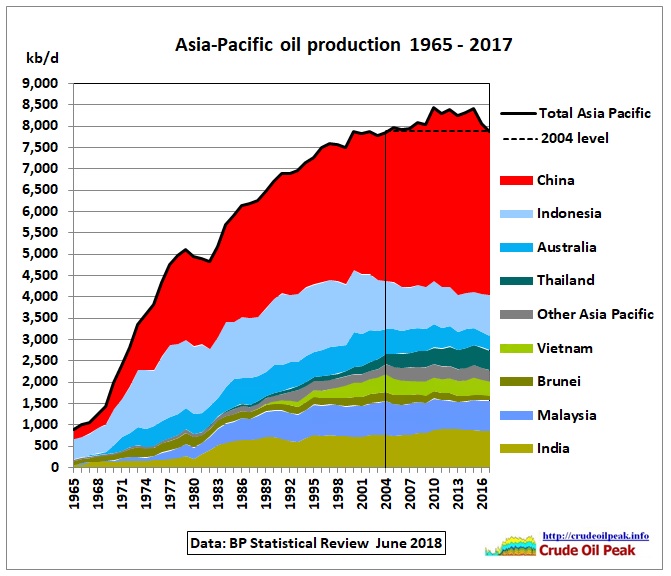 Fig 1: Oil production in Asia –Pacific
Fig 1: Oil production in Asia –Pacific
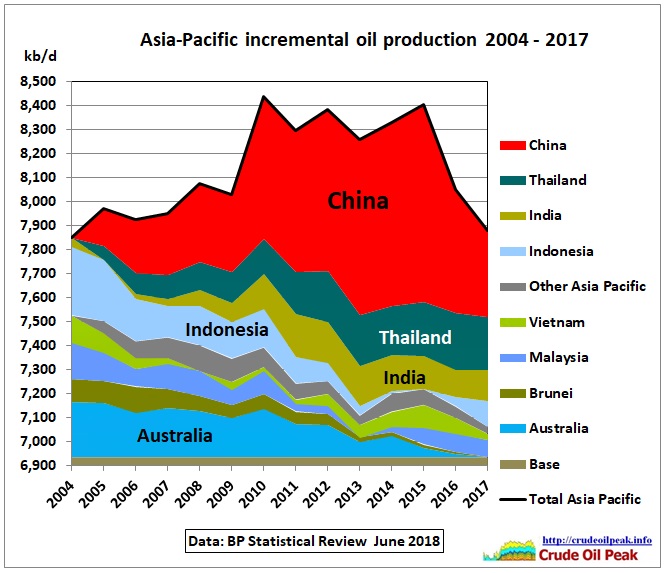 Fig 2: Incremental oil production
Fig 2: Incremental oil production
Base production is the sum of the minimum production levels in each country during the period under consideration. Incremental production is the production above that base production. In this way we clearly see that the peak was shaped by China, sitting on a declining wedge of all other Asian countries together. Note that growing production in Thailand and India could not stop that decline. Now let’s look at the other side of the coin, consumption:
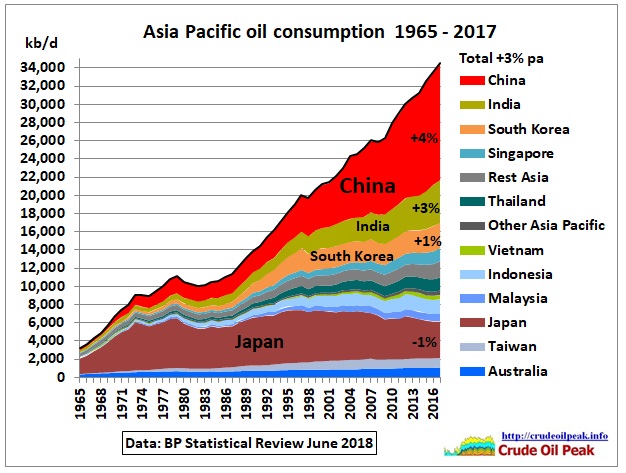 Fig 3: Asia’s oil consumption growth
Fig 3: Asia’s oil consumption growth
There has been a relentless increase in consumption since the mid 80s. The growth rate after the financial crisis in 2008 was an average of 3% pa.
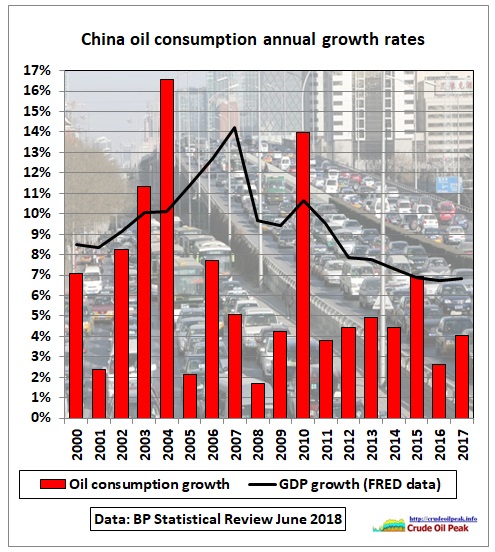 Fig 4: Chinese oil consumption growth rates
Fig 4: Chinese oil consumption growth rates
Chinese annual oil consumption growth rates have been quite variable between 2% and a whopping 16% in 2004 which contributed to high oil prices. Fig 4 also shows there is little correlation between GDP growth and oil consumption growth (statistical problems?). There is nothing in this graph that could tell us that the Chinese economy has a consistent trend to become less dependent on oil. In the years since 2011, oil consumption growth was around 60% of GDP growth.
Let’s compare China with the US. China’s oil consumption is catching up fast with US consumption.
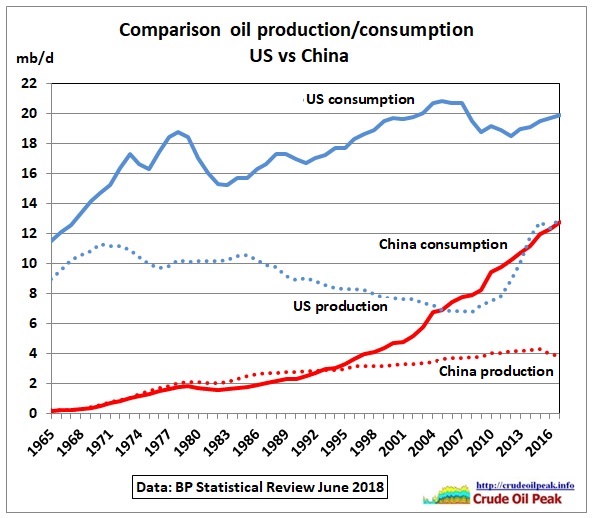 Fig 5: Oil production and consumption: US vs China
Fig 5: Oil production and consumption: US vs China
On current trends, China’s oil consumption would reach US consumption levels of 20 mb/d in just 14 years.
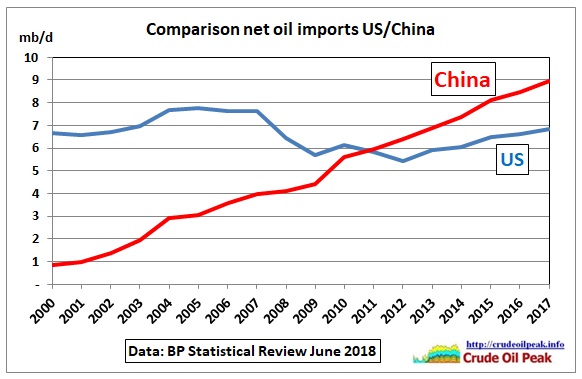 Fig 6: US and Chinese net oil imports
Fig 6: US and Chinese net oil imports
Contrary to misinformation by the media, the US is still a net importer of oil. Even blind Freddy can see that there will be intense competition for oil on global markets.
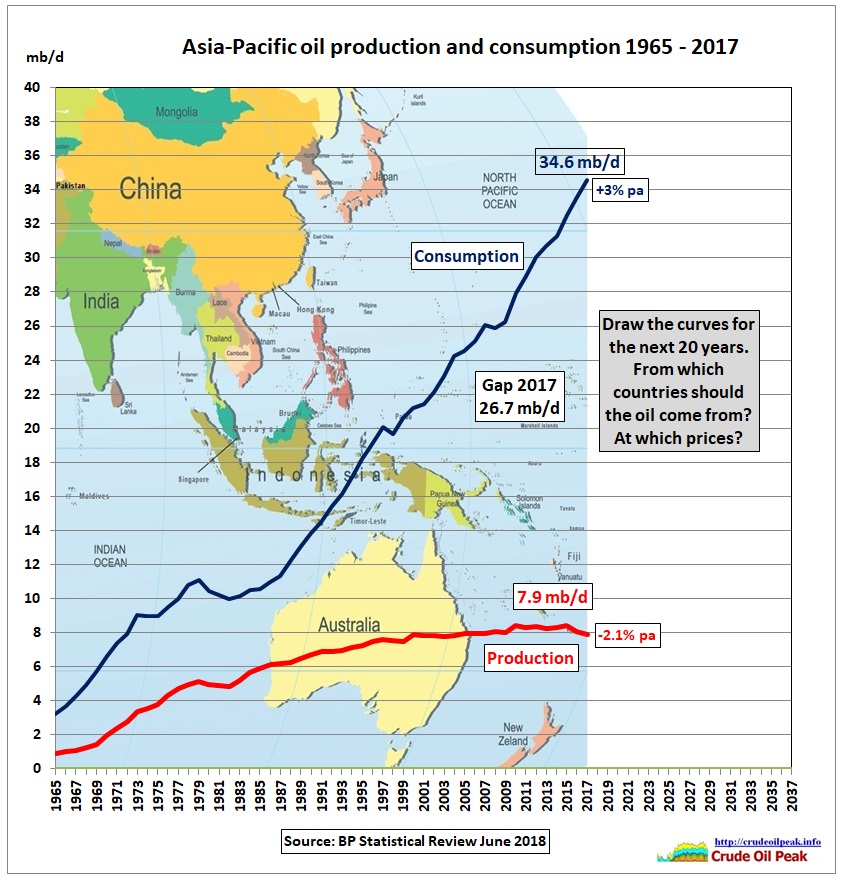 Fig 7: Oil supply gap for the Asia Pacific
Fig 7: Oil supply gap for the Asia Pacific
…click on the above link to read the rest of the article…